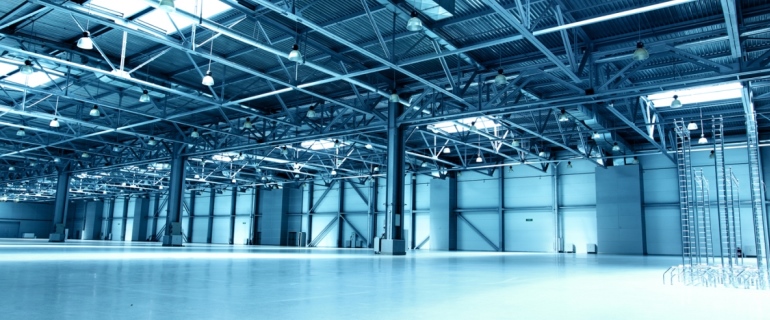Industrial, with multifamily one of the two investment darlings of the pandemic and after, did relatively well in November.
But not well enough as it still took a big hit according to MSCI’s November 2023 report on the sector. It took a 64% year-over-year drop.
“Deal volume through November puts the sector behind apartments as the second most traded sector for the year,” they wrote. “Deal volume still fell in November even with these positive elements supporting the sector. Macro forces have simply made it difficult for investors to underwrite investments.”
Individual asset sales took the biggest hit, down 69%, a change from early in the year.
“The pace of sales for individual assets had fallen at a 53% YOY rate in April and had generally improved in subsequent months,” MSCI wrote. “It is unclear at this point if the 69% decline is simply a number that will be revised up in coming months as smaller deals are found or a sign of a new sense of hesitancy.”
Flex saw a drop of 76%; warehouse was down 61%. The smallest drop was in portfolio and entity, at 36%. Things look better on a year-to-date year-over-year basis. Total industrial was off by 49%. Flex was down 63%, warehouse dropped by 46%, single access fell 41%, and portfolio and entity dropped 64%.
There were no “entity-level deals” during November. That wasn’t an additional loss compared to 2022 as there were also none last November. But had there been, the month might ultimately have looked different with a large boost to the total. Overall, these big-level deals have undergone a major shift. In 2022, they represented 16% of the entire total industrial investment. This year, the cut is 3%.
Even if things had been better in November, with declines that were no worse than October, the chances of 2023 matching 2022 would still have been slim.
“To match the $160b of industrial property sales seen last year, sales in December of this year would need to total $84b,” wrote MSCI. “The single strongest December ever was in 2021 when $37.1b sold.”
More than doubling a previous record, given the current pace, seems unlikely. On the positive side, industrial property prices have done better than other sectors.
“The RCA CPPI National All-Property Index fell 8.0% YOY in November but the industrial index climbed 1.8%. Industrial investors were losing ground relative to inflation at this pace, but a gain is a gain and this pace was the strongest across all property sectors.”
Source: GlobeSt


